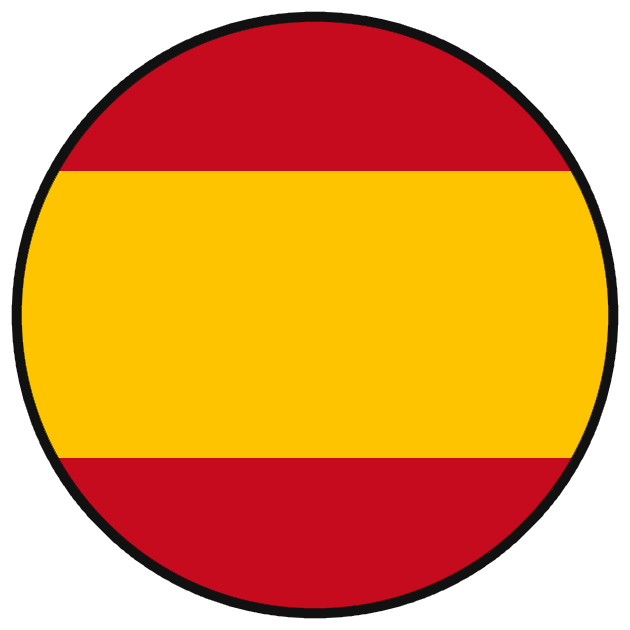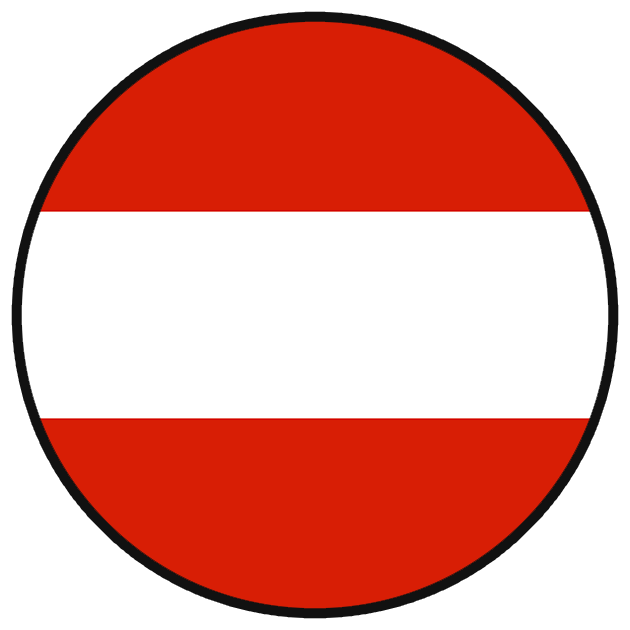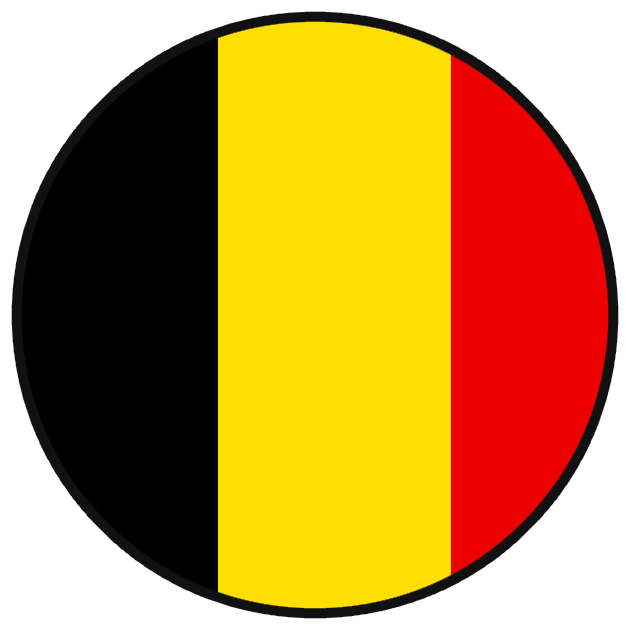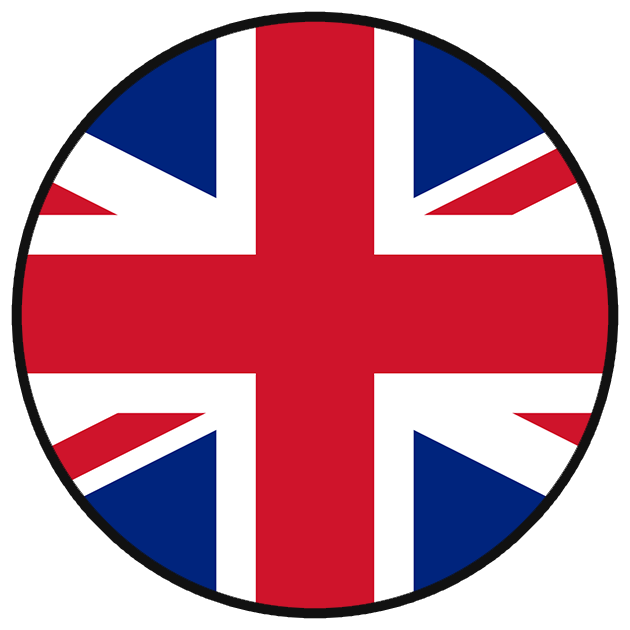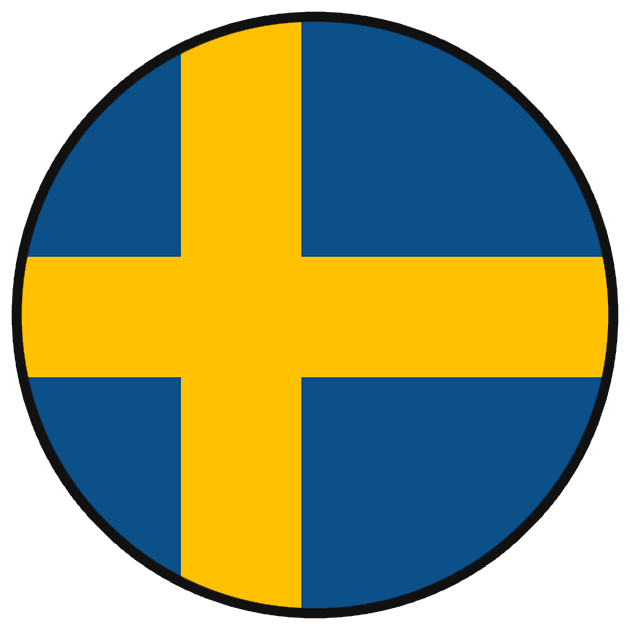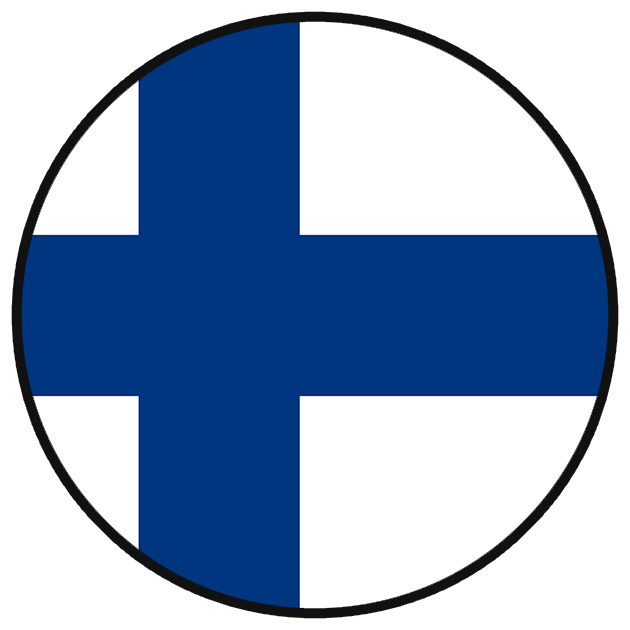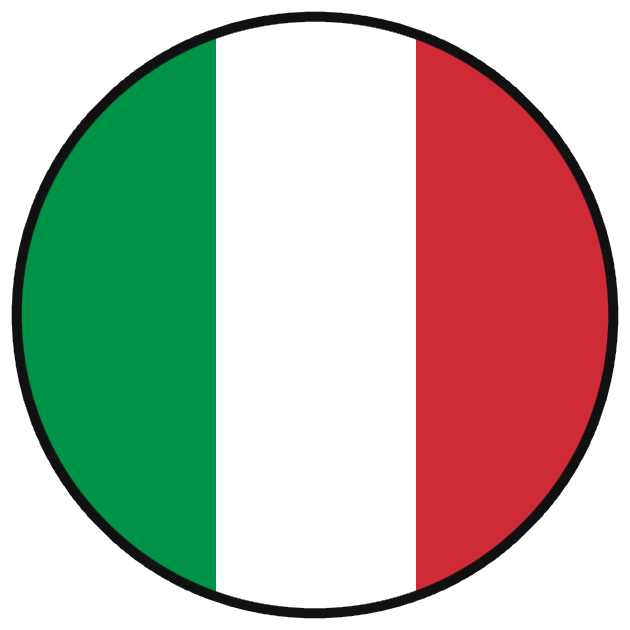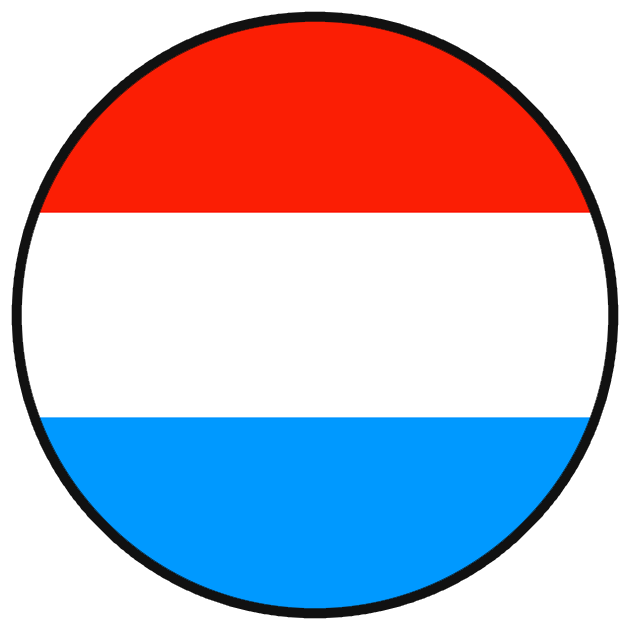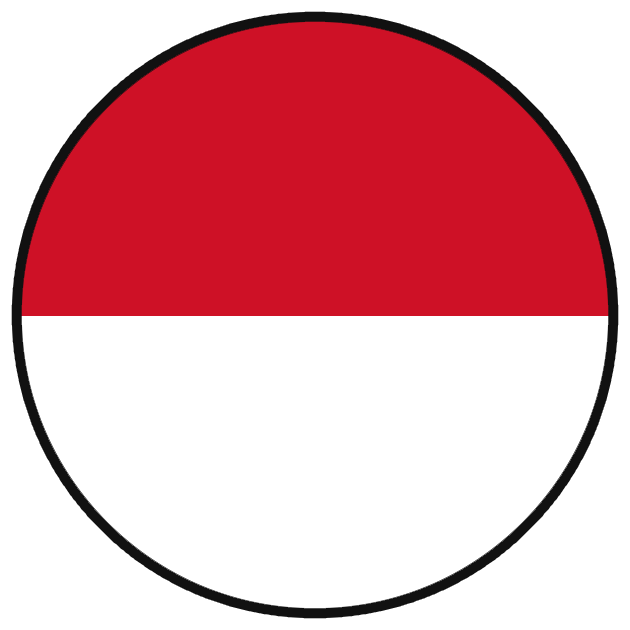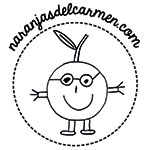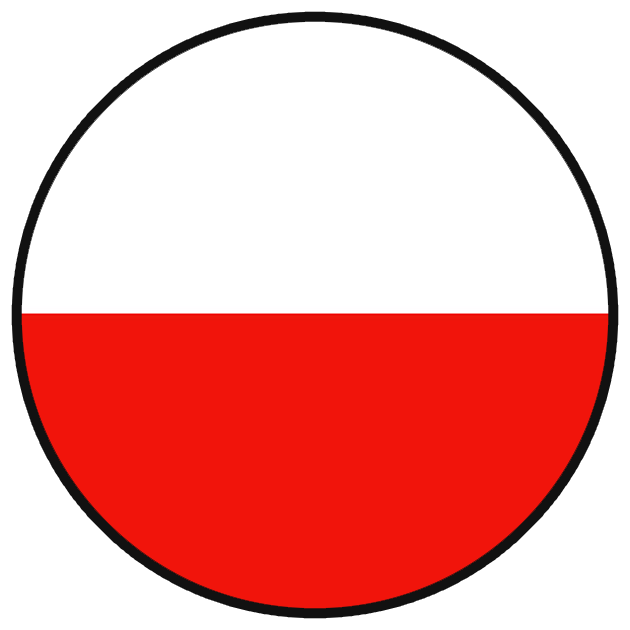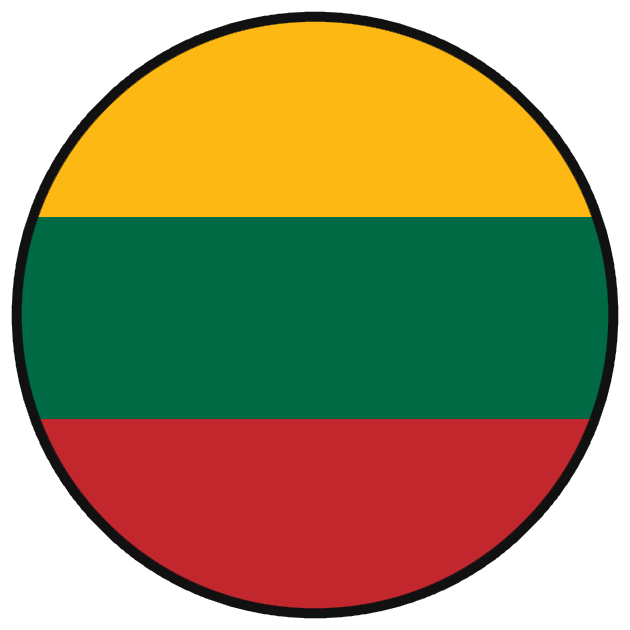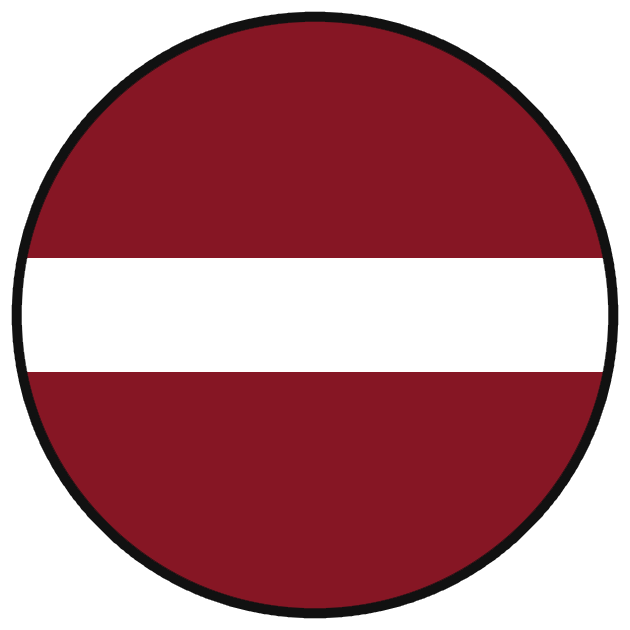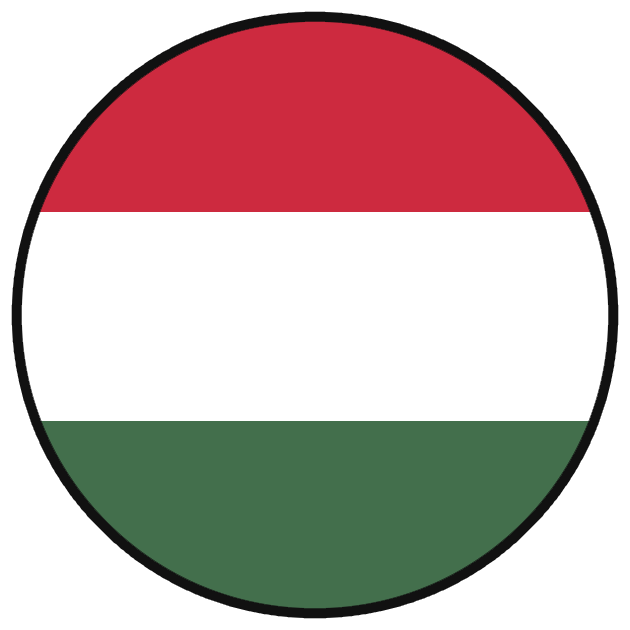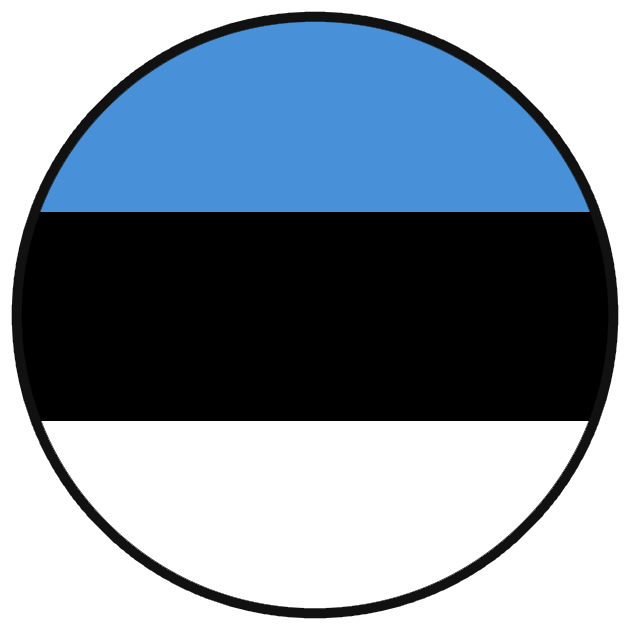“Brand is just a perception, and perception will match reality over time. Sometimes it will be ahead, other times it will be behind”, said Elon Musk, one of the world’s richest and most famous entrepreneurs. A lot has changed since branding began. We now have telephones, TVs, 24/7 news, the internet, iPads, Social media, some of us even have glasses (Google ones, of course). So how important are brands to companies? How have they changed over time? And what makes our brand so damn good!? Read on to find out….
We do not want to bore you with the theory of branding. However, we thought it would be interesting for you if we shared some cool information about the evolution of company’s brands with you, and how they have changed in order to keep up with the ever changing demands of society.
So what exactly is a brand?
In simple terms, and this is also the starting point of the everchanging understanding of a brand, a brand is a name, term, sign, symbol, design or a combination of these, which is used to identify the goods or services of one seller or groups of sellers and to differentiate them from those of competitors. In simpler terms, it is an effective way for a company to show their personality, and stand out as a provider of unique value! Although nowadays the understanding of a brand has developed so far that is seen as a story itself, the brand logo is certainly still one of the most obvious and memorable parts of a brand.
Some examples of changing brand logos over time
To give you an example, we have chosen some of the big names out there and had a look into their branding history! Despite changing their logo for different customers and market places, both companies had a common objective – SIMPLICITY. In the 21st century, there is no doubt that when it comes to logos, less is more. Customers do not want to waste time dilly-dallying over trying to interpret some company’s brand logo in order to find a deep meaningful reason behind it. They want it to be simple, effective, eye catching and memorable. What they associate with it later one and the meaning they attach to it, is another story.
1. APPLE
The Newton Crest: 1976-1976
The first Apple logo was designed in 1976 by a chap named Ronald Wayne. The logo drawn was that of Isaac Newton sitting under a tree with an apple hanging above his head.
Not surprisingly, the logo only lasted until one year before Steve Jobs commissioned graphic designer Rob Janoff to come up with something, a little bit more modern and different.
The Rainbow Logo: 1976-1998
The “bite” in the Apple logo was originally implemented so that people did not get it confused with a tomato! Regarding the rainbow stripes of the logo, Steve Jobs is rumoured to have insisted on using a colourful logo to make the company seem more fun!
The Monochrome Logo: 1998 – Present
Steve Jobs was always looking to change things. Hence, in 1998, he thought what better way to give the company a new twist than to change the logo again! He believed that if the shape of the Apple logo was universally recognizable, why not put it where people could see it?
As the product line for Apple was growing and becoming increasingly more high tech and modern, the rainbow logo would have looked silly, childish, and out of place. So instead, Apple implemented a far more simplistic, sophisticated, larger monochrome style and placed it at the forefront of all of its products. In this way it is used until today.
2. PEPSI
Pepsi is certainly one of the most famous beverage brands in the world having additionally to this one of the most recognizable logos. When we think of Pepsi, what is the first thing that comes into our minds? Blue…red….white…all joined together in a symbol that looks almost like a flag. Yet, this version of the iconic logo was created only 50 years after the company had been founded.
The picture above shows how much the logo has changed over time. Caleb Bradham, the man who founded the company, basically scribbled a design, which over the years has become very popular.
It wasn’t until 1940 and 1950 when you could see the first visible changes of the logo: The famous red and blue colours were added and replaced the old writing. Another modification was made in 1962 when the word “Cola” was dropped from the logo, making it just “Pepsi”. Then, once again, the company opted for a ‘less is more’ approach, and got rid of the writing all together.
Just as in case of the Apple logo, it is clear that as time went by, the simplicity and clarity of the two logos became much more evident. They proved to the world that you don’t have to overcomplicate your brand’s visible appearance!
So what has this to do with Naranjas del Carmen?
Well, since we are a small family-run company selling food products, a high competitive market, the management of our brand and its logo are extremely important to us. We have one simple mission and this is to make people happy.
Unlike Apple and Pepsi, we could not afford to invest a large amount of money in our logo. Therefore, we did it all ourselves! Gabi, the oldest, wisest and definitely the most creative of us all, designs all of our artwork, both for our website and for our merchandise. We try to ensure that our brand reflects our philosophy, our personality and our sense of humor!
In the 21st century the seriours and formal barriers between customer and producer are becoming increasingly more diffuse. This enables companies, both large (like Apple and Pepsi) and small (like us), to make the logo also emotionally more appealing and combining simplicity with playfulness. Our logo represents joy and gives each of our customers a bright welcome. Besides, the little orange with the glasses shows that nobody, and above all no natural product, has to be perfect. However, these are the small things that make them special. Although our company was only founded a few years ago, our logo has already passed several changes: As it has to be well visible both in colours and in black and white and also in differen sizes, we have changed it to a more simplistic design, representing also the continuous development of the structures of Naranjas del Carmen.





 My account
My account 


